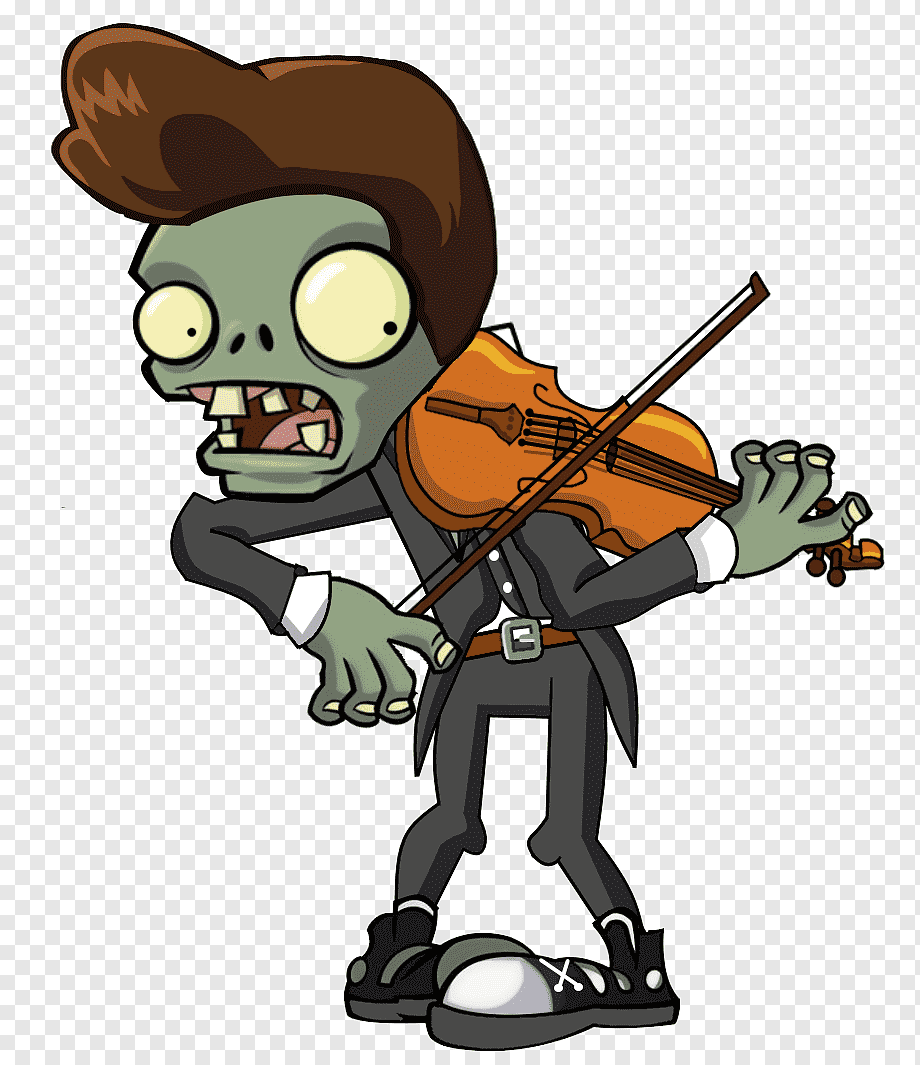
Sometimes orchestra rehearsals and concerts are not held in the most ideal spaces. Have you ever sat in a section with so little room that you had to contort your body and hold your instrument in the weirdest and most uncomfortable ways to make room for your bow and the musicians around you? Now imagine playing in a 3-hour rehearsal like this. To make things worse, the chairs are terrible and don’t allow both sit bones to distribute your weight evenly to align the back properly. Oh yea, and you also have to make sure that you can see your music and the conductor reliably.
Technique and Body Alignment
Unfortunately, this scenario is more common than it should be and is a recipe for developing injuries and bad technical habits. For upper string players, the most commonly injured areas are the back, left shoulder, and neck. This is especially prevalent in violinists and violists who play sitting down for hours at a time. Even with the best posture, sitting in an improperly fitted chair for a prolonged time is harmful for our bodies. Not only can it lead to pain but it can affect our breathing, which will then affect our playing.
On the technical side of things, having to adjust the angle of the violin or viola to make room for everyone else on stage affects just about everything in both hands. If you have to hold the instrument more in front of the body than usual, then the left arm has to come around more. This not only creates tightness but also immediately changes how shifting feels. In addition, the angle of the bow has to change in order to keep it more or less parallel to the bridge. If the bow doesn’t adjust to the new instrument angle, then the sound quality suffers.
Or perhaps the angle of your instrument is not an issue, but you have to move the scroll lower than normal to see the music better or to make sure it doesn’t obstruct your stand partner’s view. If you do this, does your neck also come forward and lean down with the instrument? If it does, then the back of your head is probably no longer in line with the spine.
Many players don’t realize just how much technique and body alignment can change at these rehearsals, especially when it’s a regular part of our performing life. Luckily, even if you find yourself in this kind of situation, there are little things you can do for yourself to prevent these problems from sticking around or getting worse.
Exercise for Pain-Free Upper Back
To realign and stabilize your back, there is a very simple exercise you can do during rehearsal break and at the end of the session. It takes only about 30 seconds. If your keep a medium-strength resistance band in your case where it’s easy to see, it’ll be easy to remember to do this one exercise (or any variation of it) before you finish packing up your instrument. Here is an excellent demonstration by Angela McCuiston from MusicStrong.com: https://youtu.be/JnduCF4YdDs
For more exercises to maintain a healthy body as a musician, I recommend to check out Angela’s workshops and her book The Musician’s Essential Exercises: Basic Strength Training for Injury Prevention. If you decide to purchase any of the workshops or the book at MusicStrong.com, please use my unique affiliate discount code “VIOLINNA” at checkout for 10% off.
Disclaimer: I am advising this, assuming that this is safe for you. If this exercise makes things worse or you feel unusual pain, please do not do it, and consult with a specialist. I am just a violinist sharing what’s been working for me. I am also a brand ambassador with Music Strong. If you use my code above, I might get a tiny commission, but it’s at no extra cost to you.
Intonation
The other form of recovery we need after orchestra has to do with maintaining technique. Once your body feels aligned properly again, please take some time to play slow scales and arpeggios (with a drone, if you can) while paying attention to your posture, your breath, and release in the shoulders. Think of this as a cool-down. The sound quality and tuning of the larger ensemble (even if the orchestra plays in tune) mixed with the various harmonic and timbre qualities in the repertoire can slightly alter our sense of intonation. A post-rehearsal “cleanse” with scales will reset and maintain our base technique.
